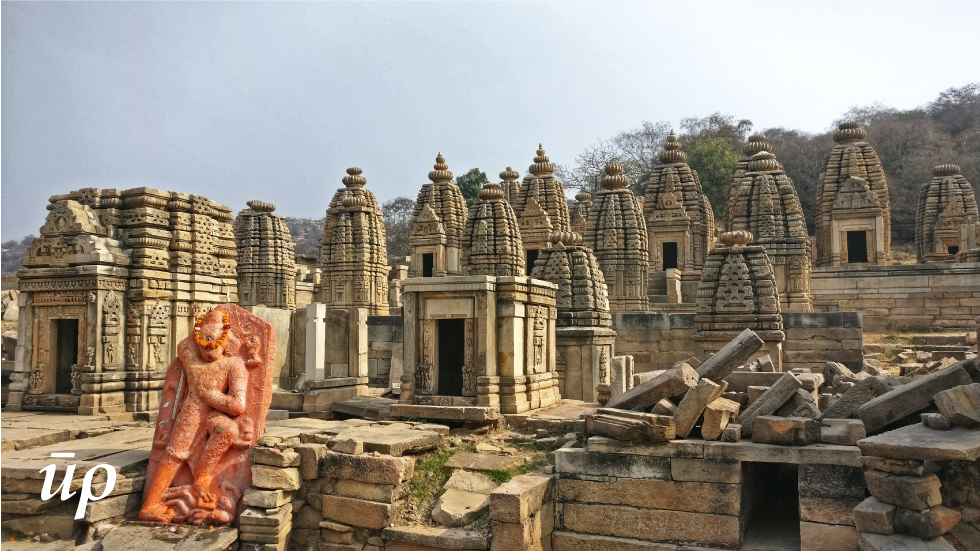Before visiting Morena, I had a frightening image of the ravines of Chambal. Originally this image has been propagated by Indian cinema and the advice not to travel after sunset is passed as the standard antidote. This instruction was also taken full care of. But this journey provided me with a golden opportunity to get to know and feel the life that is bursting in the rugged terrain of Chambal. After discussing the past and present conditions with the local people, it was concluded that the difficult phase has passed and now the situation has become normal. However, the gun culture in the area is still alive today. People openly carry a gun with them. Due to government efforts, ravines have been made cultivable to a great extent, in which the growing crops are increasing the prosperity of the area. This visit not only cleared the misconceptions about the ravines but also introduced me to the beauty and grandeur of the great temples like Batesar, Mitavali, and Kakanamath. I am accompanied by Neeraj on this journey. In this part of the travelogue, we will visit the Batesar temple complex.
We reached the Batesar temple complex at Padhavali village located in Morena district of Madhya Pradesh at 11 am. This uninhabited place appears as a group of foothills surrounded by forest from distance. The first temple to be encountered on entering the complex is dedicated to Lord Vishnu. Moving a little further, this ordinary-looking place revealed itself as a complex of extraordinary temples, seeing the temples a person is just left flabbergasted. There is a glorious history associated with this magnificent architecture. The Gurjara-Pratihara empire emerged in India in the eighth century and reigned until the thirteenth century. It extended from Rajasthan-Gujarat in India to the western border of Bengal. During this period significant progress was observed in the society, culture, religion and art. Unique temples have been built especially from an architectural perspective. Primary relics of this period are Neelkanth of Rajaur (Sariska), Kakanamath of Sihonia, Jain Temples of Gwalior, Harshad Mata of Abhaneri and Chand Bawdi and Batesar Temple Group of Padhavali. The Batesar temple group was the largest temple complex in India by the number of temples. The construction period of these temples is from sixth to ninth century A.D.
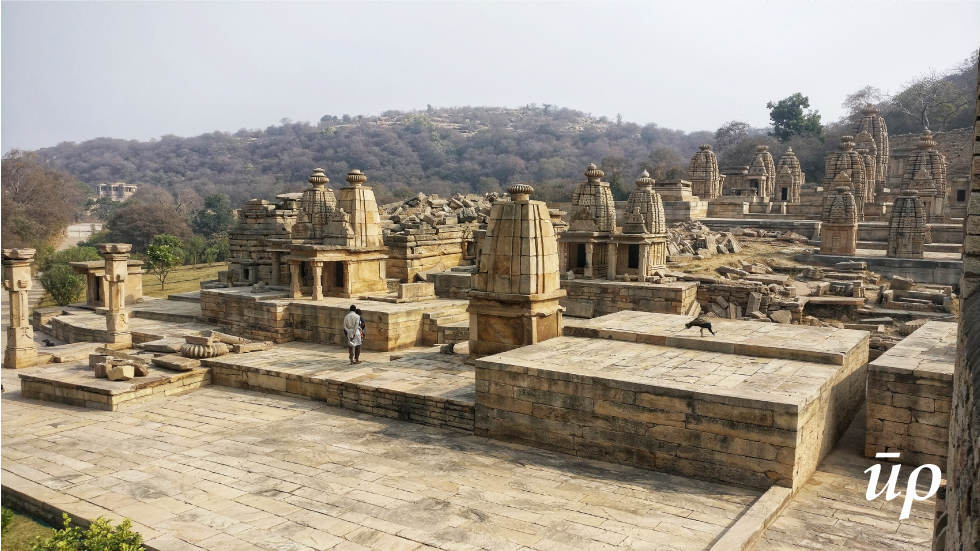
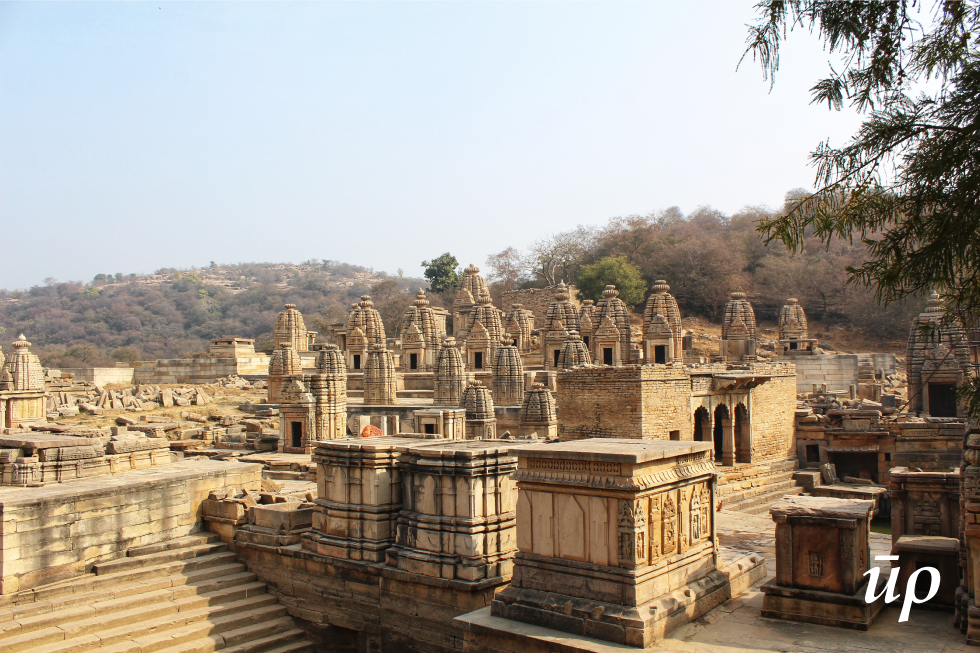
About 200 temples were built in this complex, most of them in Panch Rath style. These temples were destroyed after the thirteenth century. It is not clear whether this was done by the earthquake or by Muslim invaders who had started settling in India. The largest temple in the group of temples was the Bhuteshwar temple dedicated to Lord Shiva. Over the years, this compound came to be known as Batesar by the name of this temple. It also has another temple which was originally dedicated to Lord Vishnu. The Ganges and Yamuna rivers sit on either side of the temple in the manifestations of the goddesses. In this complex, Nataraja is seated at the edifices of some of the temples and in several temples, there are spectacular depictions of the scenes of Shiva-Parvati’s marriage. Scenes of Mithun and Kama are also etched on temples. Based on the available evidence, the scholar agrees that this area was once the centre of art and artisans related to the temple.
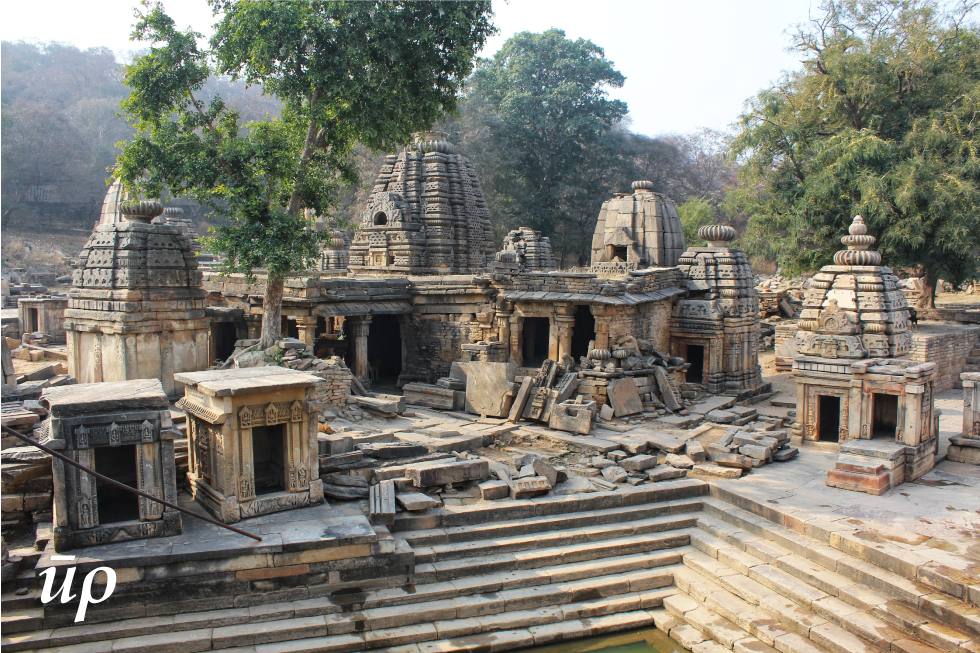
In 2005, after about 700 years of anonymity, an ambitious project was initiated to revive the golden eta of these temples under the leadership of Mr K.K Mohammed, Regional Director, Archaeological Survey of India, Bhopal. This place was replete with debris at the time. He had two challenges – a) How to deal with the dreaded dacoits of Chambal and b) how to carve temples out from the pile of stones. In those days, dacoit Nirbhay Singh Gurjar ran a parallel government in the Chambal. Without his permission, not a single leaf would move in the area. Mohammed acted cleverly in this matter and he managed to convince Nirbhay Gurjar that these temples were related to his ancestors i.e. Gurjar kings. With suspicion, Nirbhay Gurjar allowed the renovation of only four temples. Later Nirbhay Gurjar and his companions were killed in a police encounter, so it became easy to work here. But soon the mining mafia emerged as a new challenge in the area as they started illegal mining in the vicinity of this heritage. At this, Mohammed started to clash with them. He then sought help from the then RSS chief K.S Sudarshan. The pressure on the government was increased and the renovation of temples became possible.
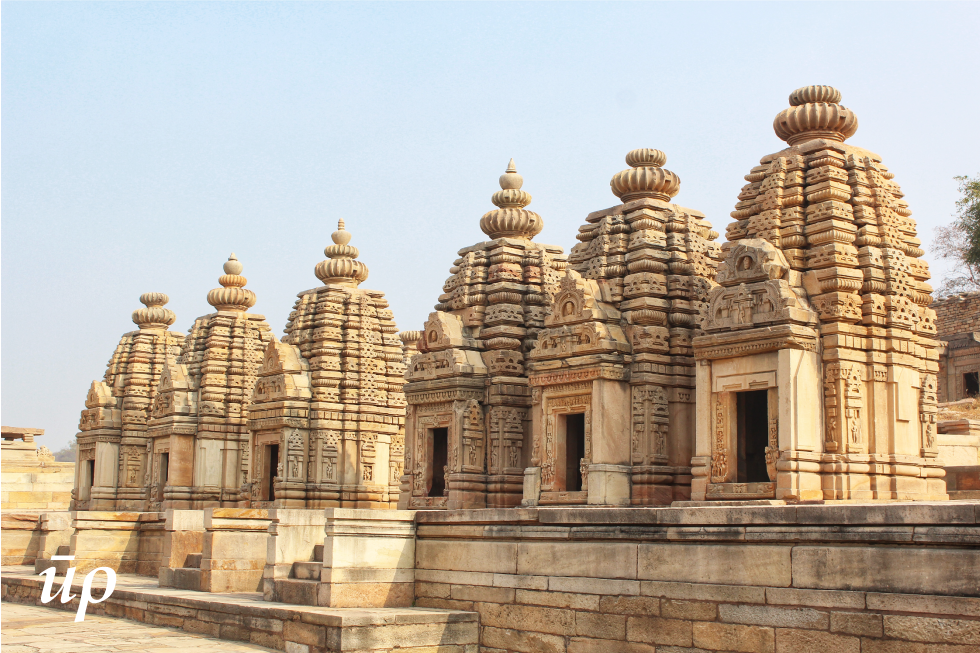
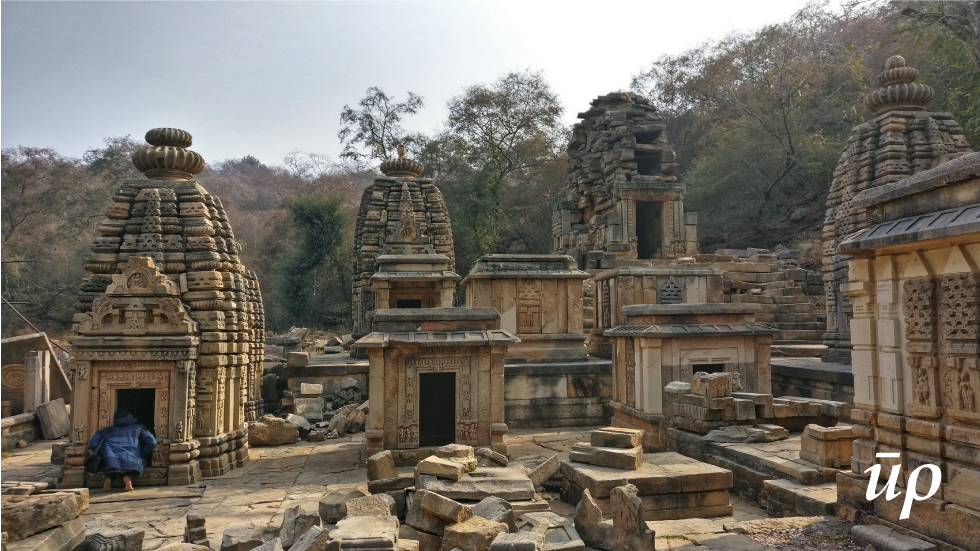
It was a one-man show, which Mohammad played well and got his place in history. Thus far, around sixty temples have been brought back to their original form and glory. But unfortunately, after the retirement of Mr. Mohammed, the renovation of the temples has stopped. Not only Batesar, but there are so many temples in India, which are waiting for their ‘K. K. Mohammed’ for restoration. And thereby bringing to light the neglected facades of magnificent history this nation has
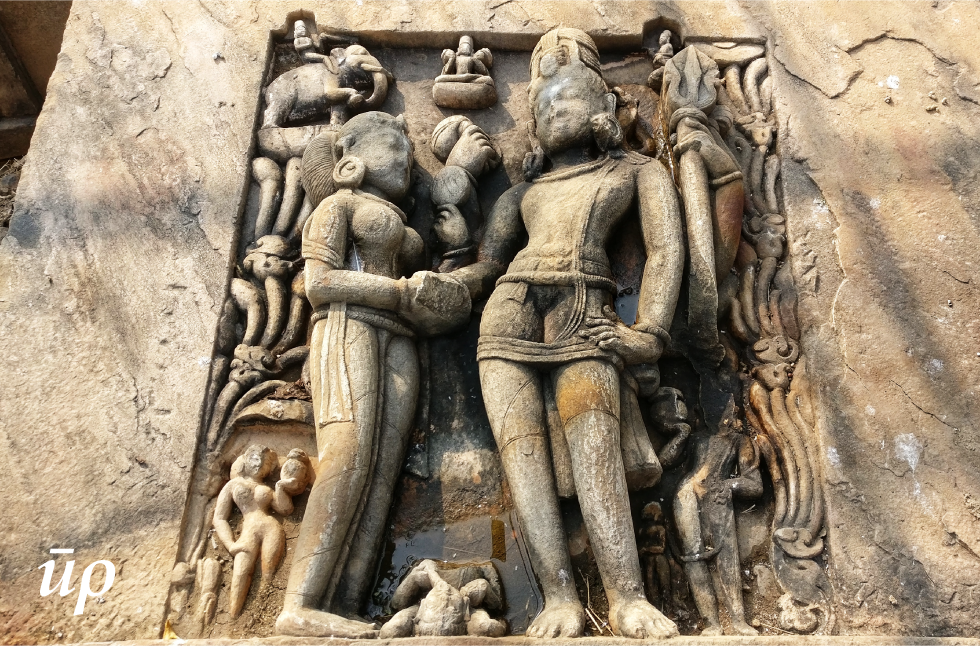
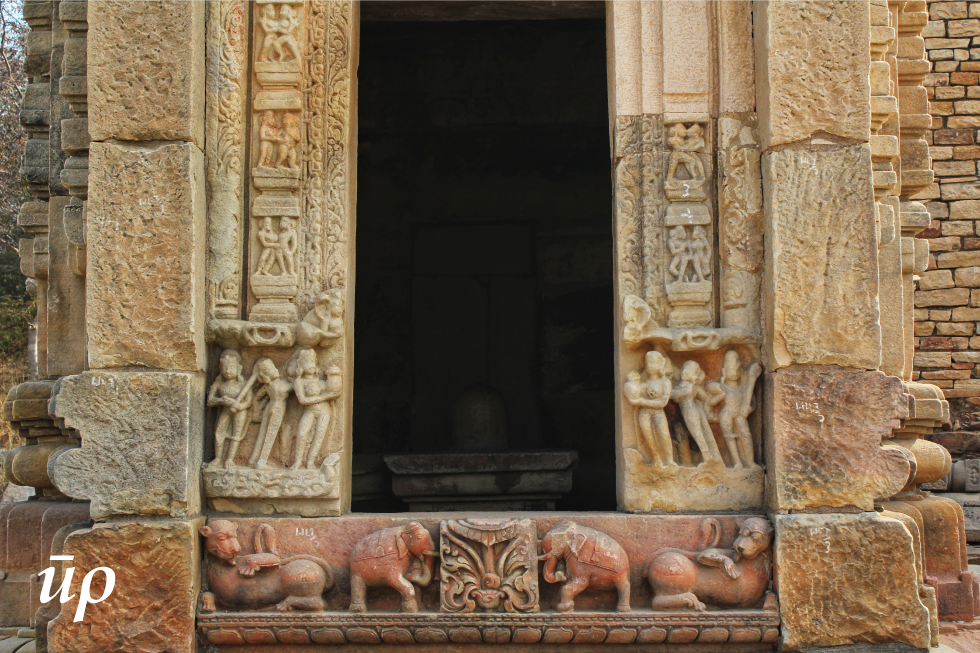
Exploring the Batesar temples, the time flew by. The complex is a window of history providing an experience of time travel. Nature in the vicinity is pristine and captivating. The complex is frequented by the national bird in abundance. Dance of peacocks is a sight to behold and full of pleasure.
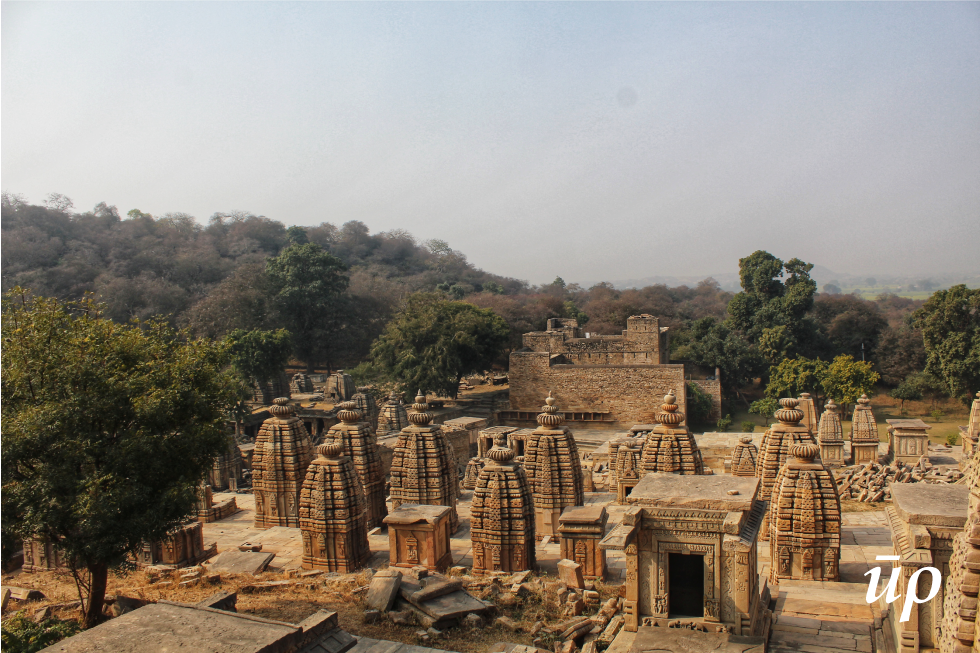
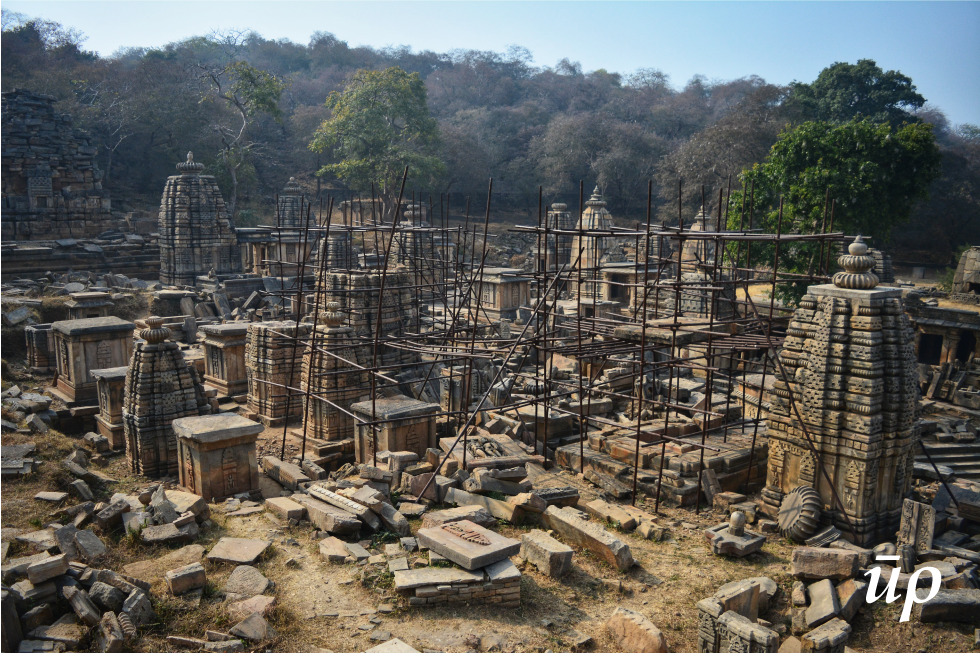
A private taxi is the only public transport option to reach the Batesar temple complex. This place is about thirty to thirty-five kilometres from Morena and Gwalior. There is no hotel nearby. Travel should be avoided during summer due to extreme heat in the region, otherwise, the weather remains pleasant in the rest of the months.
Translated with permission from – Vikash Meena | Pathik Yatra. Original text is available in Hindi on author’s blog. He finds inspiration in pioneering Indian travel writer, Rahul Sankrityayan.
